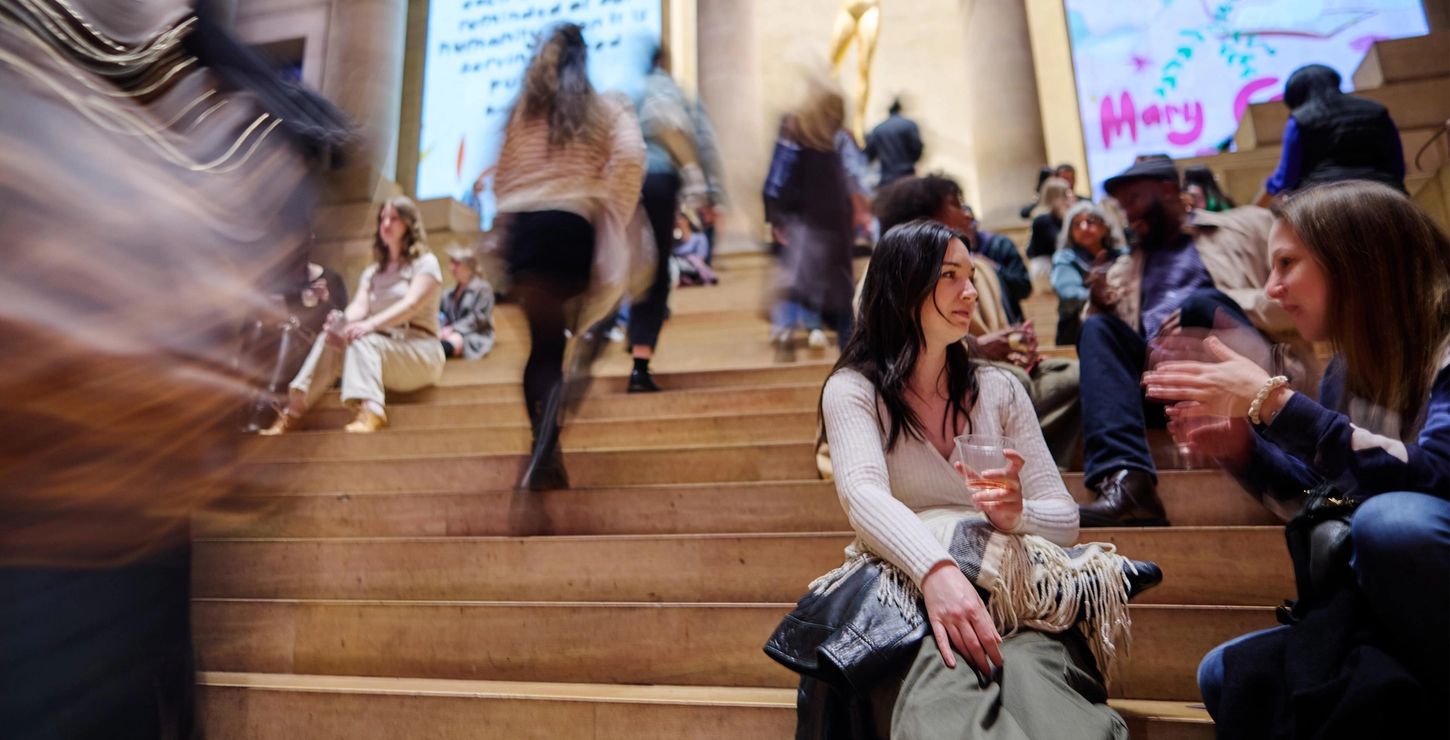Great Stair Hall
Main Building

Photo by Albert Yee
Come join Philly’s art world when it shows up and shows out every Friday night.
We keep our galleries open and our Great Stair Hall hosts Philly’s finest musicians, DJs and performers. Join us for live music, locally sourced spirits and wines, special events and tours alongside summer vibes to start your weekend.
General admission to Friday Night Lounge is $15 with $10 parking in our garage.
Great Stair Hall
Main Building
Tickets/reservations required
General admission: $15
Students: $7
Seniors: $14
Member admission is always free.
Check out the variety of events offered by this program, for members and the public alike.